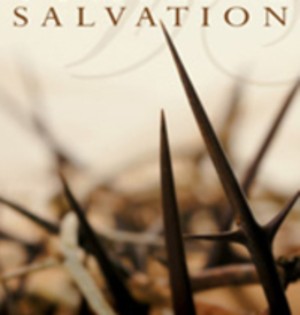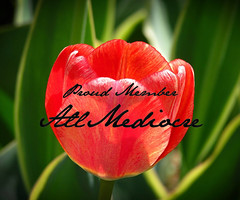As noted in Section 3.6, After death, the faithful LDS member will immediately find themselves in a lovely place called “paradise” which they will continue their eternal progression toward godhood. Non-Mormons will go to a spirit-prison where the gospel will be preached to them. If a non-Mormon receives the gospel in sprit-prison they may then enter Paradise as long as a relative undergoes “baptism for the dead” on their behalf (since spirits do not have bodies in order to baptize them). So for the hope of seeing their non-Mormon friends and family in the afterlife, many LDS members undergo baptisms for the dead. Remember that baptism is a required part of the LDS plan of salvation, so without this rite performed by someone with the proper priestly authority, a person has no chance of progressing in the afterlife, even if previously baptized by another type of church.
The LDS church supports this practice by using a single mention of baptism for the dead from the Bible. Let’s look further into this scripture.
1 Corinthians 15:29: “Else what shall they do which are baptized for the dead, if the dead rise not at all? Why are they then baptized for the dead?” The instructions from Joseph Smith regarding this practice can be read in Doctrine & Covenants 128. The ceremony itself can be read here if you are interested in reading more.
Although baptism for the living can be performed at any of the local stake/area churches, the baptism for the dead can only be performed in one of the LDS temples scattered across the world. It is performed in a bath designed after the bath in Solomon’s temple (the first Jewish Temple) as described in 1 Kings 7:25 and 2 Chronicles 4:2-5. A picture taken of the font in the Salt Lake City Temple in 1912 can be seen here and a picture taken of the font in Salt Lake City Temple in 1983 can be seen here.
***************************
Let’s take a look into that 1 Corinthians verse quoted above. If you read the preceding verses as well as the ones that follow, you will see that Paul is writing in first person, as in “we,” “I,” and “ye” including himself in this group. However, when looking at verse 29, he says “they” two different times. It is obvious in the context of this verse that he is not including himself with those who baptize—truly disassociating himself from them. He seems to be speaking of someone outside of the group of people that he is addressing.
Seeing that this is the only mention of this practice in the entire Bible and it seems to be a practice which Paul is distancing himself from, there is no authorization that this is a practice to be held by Christians.
In addition to this, scripture does back up the idea that judgment for the dead comes after death and that life is the only opportunity we have to make a decision concerning salvation. You can clearly see that Hebrews 9:27 says, “And as it is appointed unto men once to die, but after this the judgment” and there is further support for this argument in 2 Corinthians 6:2 (For he saith, I have heard thee in a time accepted, and in the day of salvation have I succoured thee: behold, now is the accepted time; behold, now is the day of salvation.) as well as the story of the rich man and Lazarus where the rich man has no further chance for redemption (see Luke 16:19-31). In fact, there is no mention of baptism for the dead in the Book of Mormon, which LDS members feel is the “fulness of the everlasting gospel.” Interestingly enough, there is support for judgment after death in the Book of Mormon. Looking into it, you can see that Alma 34:31, 2 Nephi 9:38, and Mosiah 26:25-27 all indicate that salvation must be obtained during this lifetime and not after death.
***************************
It is also interesting, although not vital to the argument, to note the significance of the bath atop the oxen in Solomon’s temple. In the Old Testament days, this was used to cleanse the priests before temple rituals and was never used as a baptismal pool. It is also interesting to note that some of the smaller temples have fonts that rest on only 6 oxen with mirrors used to cast the appearance of 12. If such a rite is so spiritual and righteous, I do not think I would cut corners for any reason.
***************************
Questions:
- Have you noticed the change between first-person pronouns (I, we, and ye in preceding verse) to third-person pronouns (they) in 1 Corinthians 15:29? Doesn’t this indicate that Paul is not including himself or his audience in the group of people he is discussing?
- If baptism for the dead is essential, why is this the only mention of it in the Bible? It is never mentioned by Jesus or any other apostle and there are no guidelines contained.
- Is one obscure verse enough to base an entire doctrine upon—especially when it is not consistent with the rest of the scripture?
- Can you show me one reference in the Book of Mormon that commands baptism for the dead? Since there is none, how can it be part of the plan of salvation, since the Book of Mormon is the “fulness of the everlasting gospel”?
- Why is the baptismal font in the LDS temples designed after the baths in Solomon’s temple, but used for a different purpose?






No comments:
Post a Comment